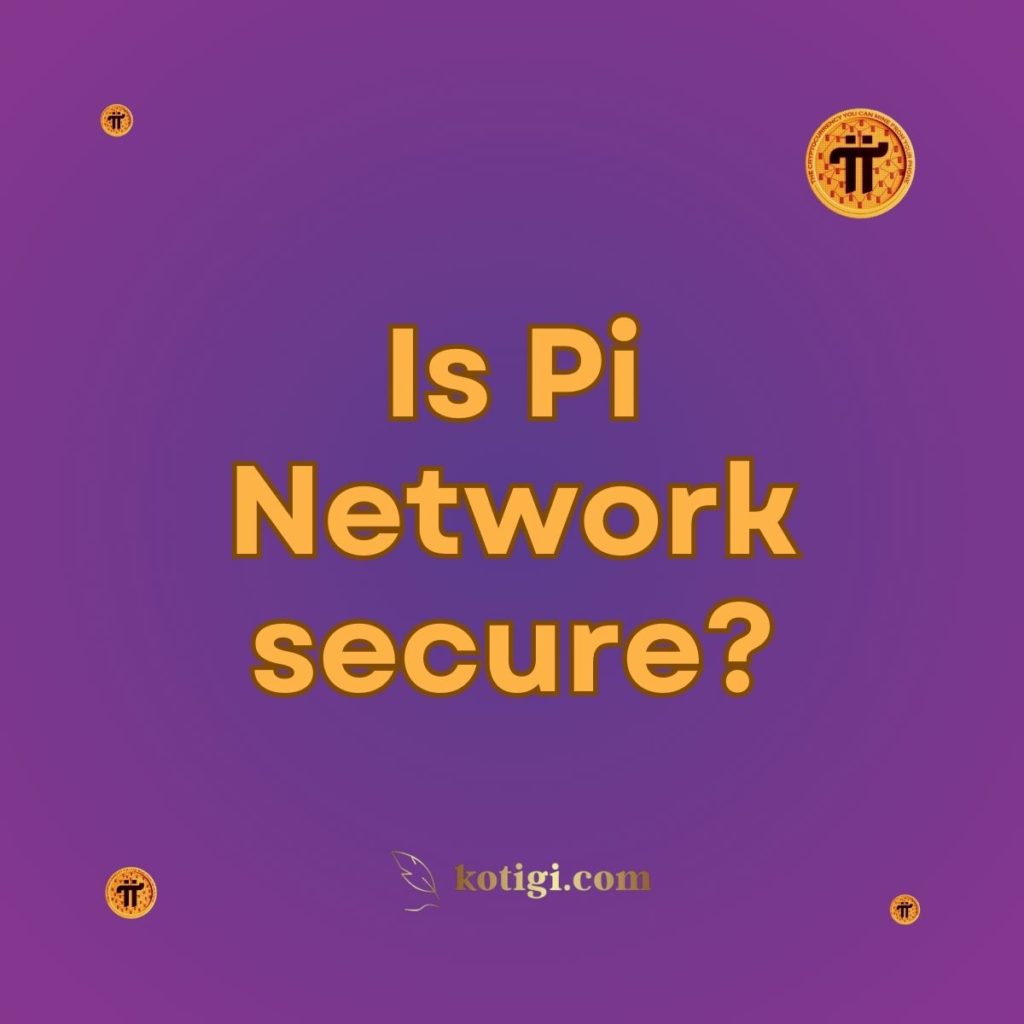
Is Pi Network secure?
The security of Pi Network is a critical consideration for users and potential investors. While Pi Network has implemented several security measures, it is important to understand both its current security features and the challenges it faces as it continues to develop.
Current Security Measures
1. Security Circles:
Pi Network utilizes a unique security model called “security circles.” When users join the network, they are encouraged to create a security circle by inviting trusted contacts. Each user’s security circle consists of 3 to 5 members who vouch for one another’s legitimacy. This helps to create a web of trust within the network, reducing the risk of fraudulent accounts and enhancing overall security.
2. Enclosed Mainnet:
Pi Network is currently in the “enclosed mainnet” phase, which provides an additional layer of security by limiting external access to the network. During this phase, Pi coins cannot be traded on external exchanges, and transactions are confined within the Pi ecosystem. This controlled environment allows the team to monitor the network for vulnerabilities and make necessary improvements before moving to an open, decentralized network.
3. Data Encryption:
Pi Network implements standard data encryption techniques to protect user data and secure communications between users and the network. This is crucial for maintaining user privacy and preventing unauthorized access to sensitive information.
Challenges and Considerations
1. Centralized Control:
Currently, Pi Network is not fully decentralized, meaning the Pi Network team still has centralized control over the network. While this allows the team to manage and secure the network during its development phase, it also means that the network’s security relies heavily on the integrity and capabilities of the core team. Full decentralization, where security is maintained by a distributed network of nodes, has not yet been achieved.
2. User Security Practices:
The security of individual user accounts depends on their security practices. Users are encouraged to protect their accounts with strong, unique passwords and to be cautious about who they add to their security circles. Phishing attacks, where malicious actors attempt to steal login credentials, are a potential risk, as with any online platform.
3. Unproven in Open Markets:
Because Pi Network is still in its development phase, its security has not been tested in the open market, where it would be exposed to more sophisticated attacks. The transition to an open mainnet will be a crucial test of the network’s security infrastructure.
Conclusion
Pi Network has implemented several security measures, including security circles, data encryption, and an enclosed mainnet phase, to protect its users and the network. However, as the network is not yet fully decentralized, its current security is largely managed by the core team. While these measures provide a degree of security during the network’s development, the true test of Pi Network’s security will come when it transitions to a fully decentralized, open mainnet. As with any emerging technology, users should remain cautious and informed about potential risks.





